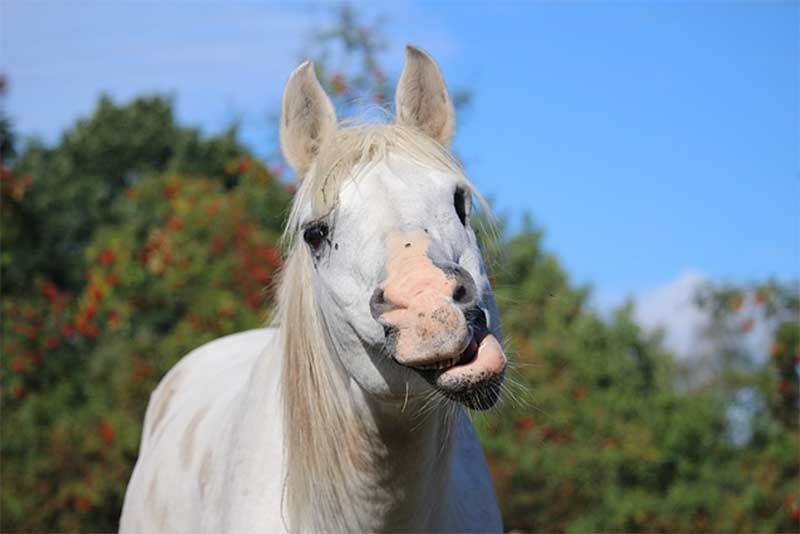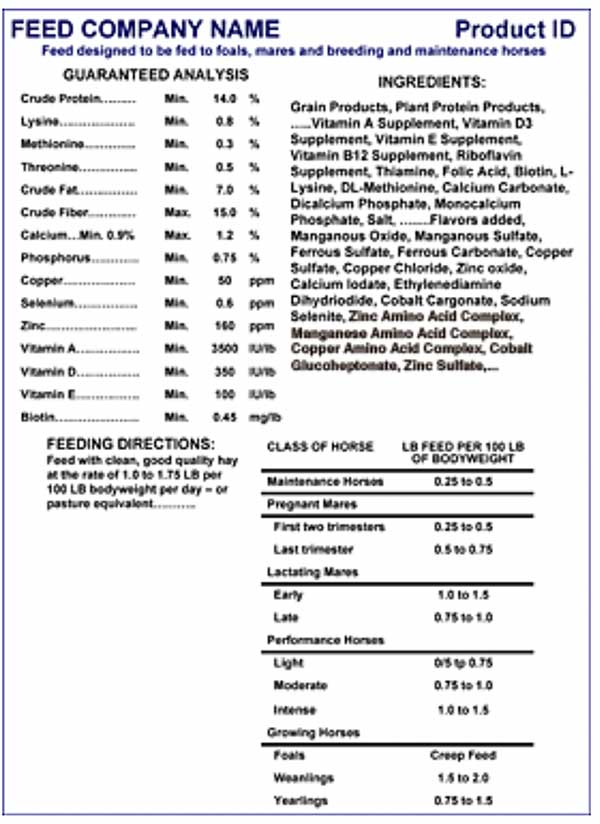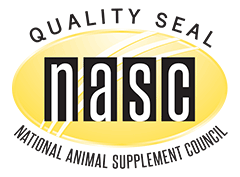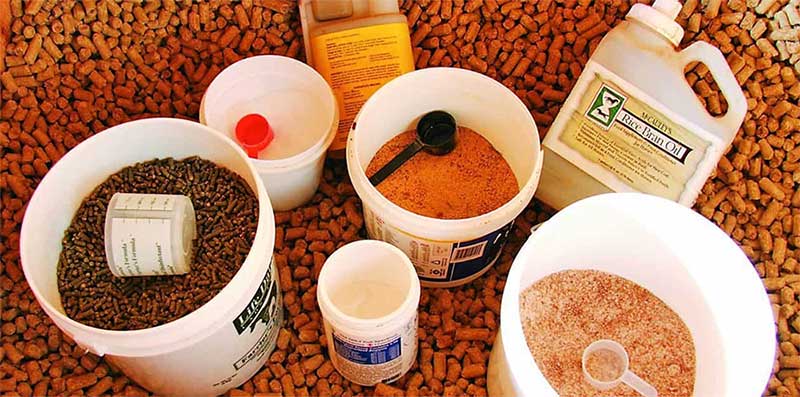Horse Supplements
Do all horses need supplements? Why feed a supplement in the first place?
You know, it’s a funny thing that if you go back about 30 years ago, the idea of feeding a horse supplement would probably never have entered your head. People fed their horses hay and grain, maybe a bit of oil, and that was about it, so what happened to create this now massive marketplace catering to every conceivable ailment or nutritional deficiency?
There is a combination of factors, starting with the growing use of supplements by people translating to a desire to “help” their horse nutritionally. This often leads owners to wonder, do all horses need supplements? The fact that so many horses are not kept in the environment they have historically been in, of pasture providing a rich and varied forage-based diet. Now, tens of thousands of horses are confined to stalls with little or no opportunity to graze, as they have evolved to do eating 20 out of 24 hours. In the performance horse segment, we are asking horses to do lots of things that, historically, they have not been asked to do. The wild horses on the prairies were not practicing jumping higher and higher fences or coming to a sliding stop. If you take Eventing, for example, or the Reined cow horse competitions, these disciplines, and others, are asking an awful lot of the horse eating a simple hay and grain diet.
Along with this growing interest in feeding horse supplements, many owners find themselves asking, do all

horses need supplements? Adding to the confusion is the ridiculous number of horse supplements available-there are hundreds of joint supplements alone! When Grand Meadows started, there was Vita Flex Flex Free, Cosequin, and Grand Flex, and that was it. Every product is, of course, the best, which ultimately results in a lot of very confused horse owners.
This is how many horse owners feel when they first walk into a tack shop or go online to order a horse supplement.

We also have those people convinced that if a horse supplement is presented as being good for their horse, then they must buy it, and they end up feeding multiple horse supplements, none of which were necessarily designed to be fed together, often upsetting mineral ratios or overfeeding other nutrients.

tastes like crap – just saying….”
So, getting past these issues, there are most certainly measurable benefits from the reasoned use of horse supplements.
With so many categories, here is a brief field guide which we will continue in the next blog.
Vitamin/Mineral Supplements – These are ideal when horses are growing, particularly those with good amino acid spectrums. Aging horses whose digestive system is slowing down, where the addition of a prebiotic in a formula can be helpful. Performance horses that are in work, place a burden on the nutritional reserves provided by a simple hay/grain diet. This often raises the question among owners, do all horses need supplements? Many bagged feed manufacturers claim that one does not need to feed a horse supplement with their grain, but it is important to take a close look at the label, looking for the actual values of ingredients you would be feeding per day and also the forms of the ingredients. Feed ingredients are listed by volume on the label, and you will normally see, high up the list, trace minerals in inorganic form, e.g., Zinc Oxide, Copper Sulfate – these are not very bioavailable to the horse versus organic chelated minerals such as Zinc Amino Chelate which are considerably more expensive but have a much better bioavailability factor. The other challenge is most people can’t read the Guaranteed Analysis because the values for many of the ingredients are expressed in % PPM.
So, you can now impress your friends and your feed dealer by showing them how to read their feed bag – no charge for this.
So, below, we have a generic horse feed label we have values expressed by %, ppm, IU, or mg/lb., but what do they all actually mean?

PPM is an expression of percentage:
So, to get the percentage amount, for example, with Copper at 50ppm, you divide by 1000, giving you 0.05%. Now, you multiply the % number by 4536, and you get mg/lb., in this case, 226.8g/lb.
Now, you can divide this number if you are feeding a supplement or less than a pound or multiply it by the number of lbs. you are feeding per day to give you the actual amount of a particular ingredient.
50ppm/1000 = 0.05% 0.05% x 4536 = 226.8mg/lb
International Units, or IU values are largely reserved for fat soluble vitamins A, D, and E and are also largely misunderstood. IU is a measurement of biological activity.
To make it just a bit more complicated each fat-soluble vitamin has a different value:
- One IU of Vitamin A is 0.3mcg so say Vitamin E lists 500IU, which would translate to 150mcg.
- One IU of Vitamin D is 0.025mcg, so 22,500IU that would be 562.5mcg.
- One IU of Vitamin E is 0.667mg so 1000IU would be 667mg.
Now, with what we hope will be a better understanding of how to read horse feed labels, you can make a more informed decision as you look to compare horse supplements in various categories.

Lastly, and a topic that we will address in more detail in a coming blog, look for the National Animal Supplement Council (www.nasc.cc) Seal on horse supplements. The NASC Seal means that the manufacturer has been subjected to a rigorous audit by independent auditors to ensure that Current Good Manufacturing Practices (cGMP) are being strictly followed, and this extends to raw material testing, adverse event reporting, label transparency, and a host of other details in the manufacture, packaging marketing and distribution of animal health products.
Grand Meadows was a founding member of the NASC and our President, Nick Hartog, has served on the Board of Directors since its inception.

